The Eco Warrior: Gabriela Hearst’s Sustainable Fashion
From remnants of antique rugs to recycled denim and swatches of old cashmere, Uruguayan-American designer Gabriela Hearst demonstrates how high-end fashion can be made in the most sustainable and ecologically aware way. Along with her eponymous fashion house, Hearst is also creative director of the established fashion house Chloe, and in both ventures, Hearst wants to completely transform the way clothing is made. She says, “The truth is, we don’t have enough time. The way we take new natural resources from this planet is just impossible. We have to change; we don’t live in an endless cornucopia of natural materials. In order to preserve, we have to take less.”
Now in her 40s, Hearst grew up on her family’s wild Uruguayan ranch, where she was taming horses before she could ride a bike. There were no screens, she recalls, and no nearby shops to replace something if it broke. This meant items had to last and last, or be mended when they broke. Hearst was particularly fascinated by her mother’s clothes – well-tailored garments built to last the dust and dirt – or rare, treasured items for special occasions that made a striking, theatrical impact. Hearst credits her childhood to the eco-conscious attitude she now has about the world, and particularly the way she views clothing.
In 2015, Hearst founded her eponymous fashion house in New York City. From the outset, her emphasis has been on slowing down the breakneck speed of fast fashion, taking time to create well-made garments that resist fads and trends, and instead can last a lifetime. Care, detail and tradition are fundamental, core elements of her design house, which she invests into her designs by emphasising high-quality craftsmanship and solid, honest, natural materials that come from a reliable source. She calls this approach “honest luxury.”
Over the next few years, Hearst began working with a greater emphasis on sustainability. In 2017, Hearst introduced the use of deadstock fabric into her fashion house. Initially, her garments were made with around 30% upcycled materials, and this has since increased to over 60%. By the end of 2022, Hearst has pledged to make her entire production line using no virgin materials.
What makes Hearst such a pioneer in upcycling is the playfully creative ways she has incorporated pre-well-made, existing fabrics and textiles into her clothing. This includes integrating elements of exquisitely crafted antique rugs into her outerwear, or blanket stitching together fragments of leftover cashmere from previous collections, to create one-off garments that are packed with personality. Hearst also works in collaboration with East London Vintage Denim (E.L.V. Denim), upcycling pieces of denim, a product that is renowned for using up excessive amounts of natural resources.
Where Hearst does create fabrics from scratch, she is keen to produce only the most environmentally aware, naturally derived textiles. Wool has sometimes come from the sheep in her own family’s ranch, while Hearst chooses linen and silk over cotton for their low-impact production processes and longevity. She says, “Nothing we put out there is without purpose.” In a bid to remain entirely transparent, Hearst has teamed up with EON to create QR codes for her garments, so buyers can trace the entire supply chain from start to finish.
But Hearst hasn’t stopped there – she is highly aware that making products comes the potentially wasteful practice of display and packaging. In a bid to reduce her impact on the environment, Hearst has adopted the practice of using recycled cardboard hangers, and 100% compostable TIPA packaging. Impressively, she has erased all use of plastic from her company, and in Spring/Summer 2020 her runway line was the first ever to be entirely carbon neutral.
As if she wasn’t busy enough, Hearst became the Creative Director of French fashion brand Chloe in 2020, and she has already introduced a greater awareness of the environment into the brand’s production lines. Creative hacks have included stocking up on second hand Chloe handbags from eBay and upcycling them with reclaimed fabric, and removing all traces of synthetic materials, and replacing them with only naturally derived textiles. In doing so, she is slowly creating a model for other designers to follow, and she showcases what the fashion industry should be doing to preserve the integrity of the natural world.





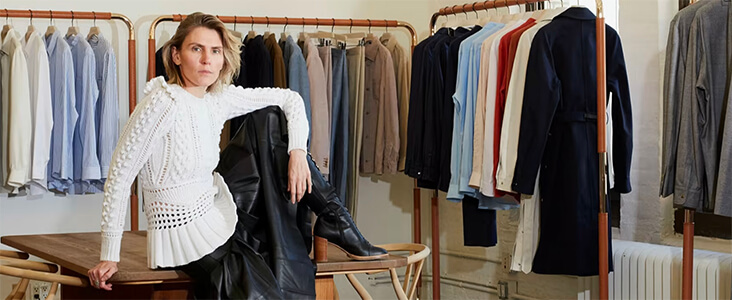
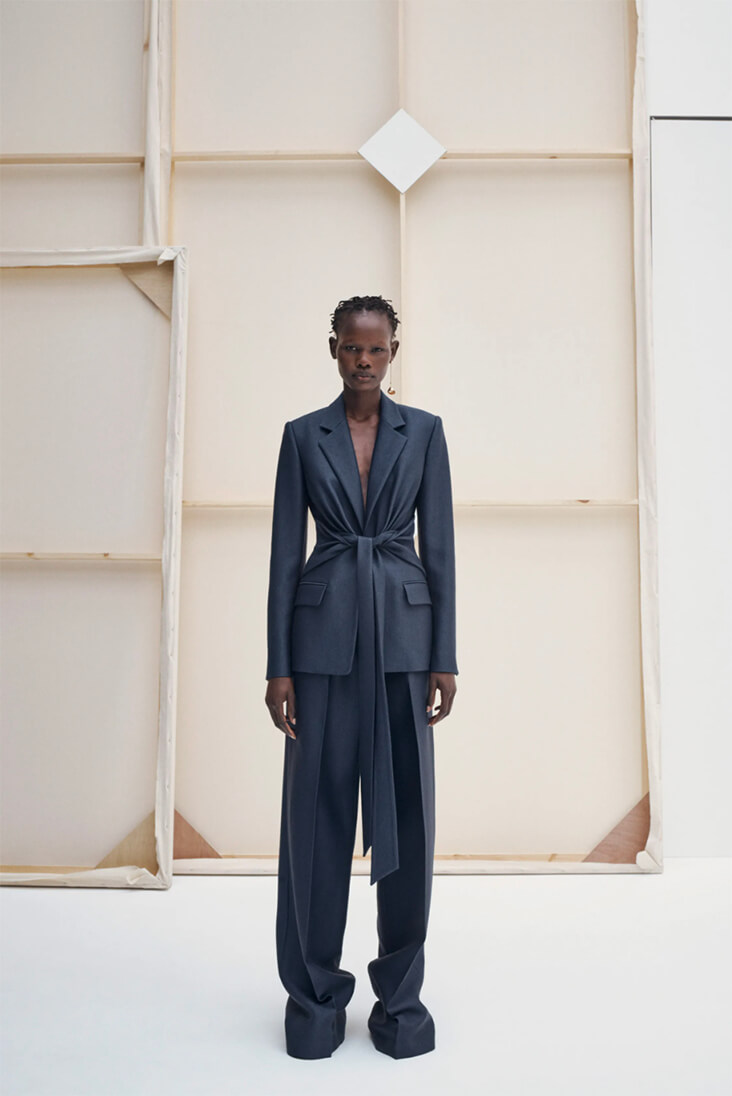
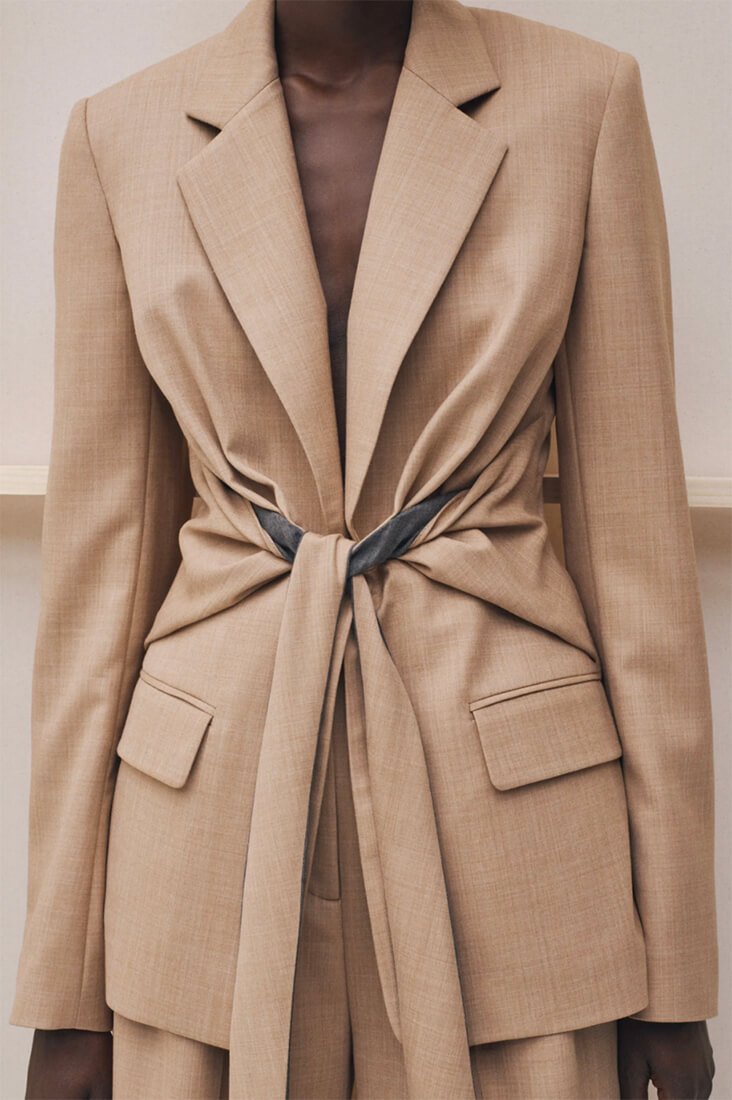
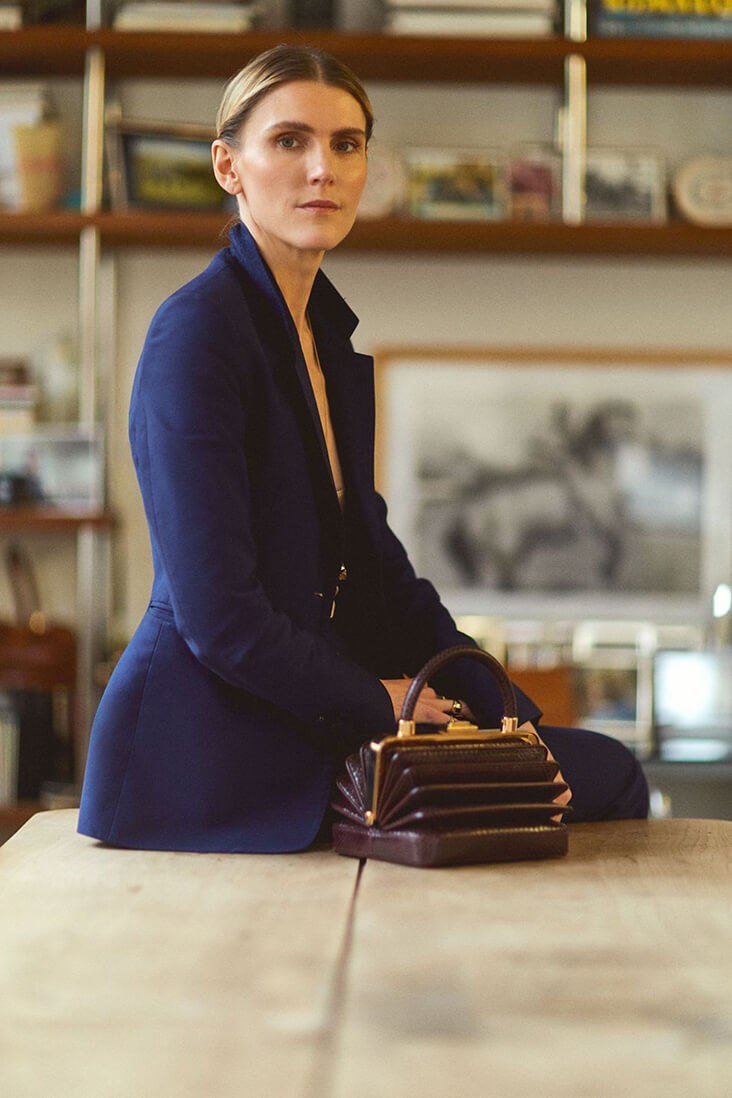
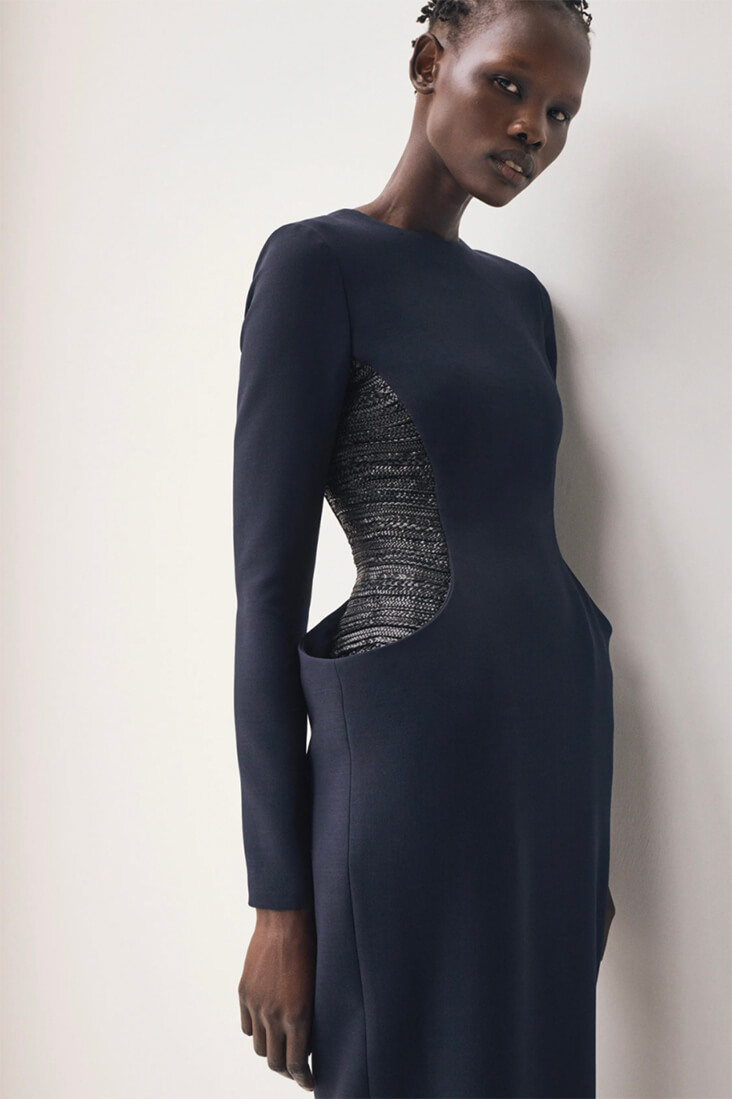
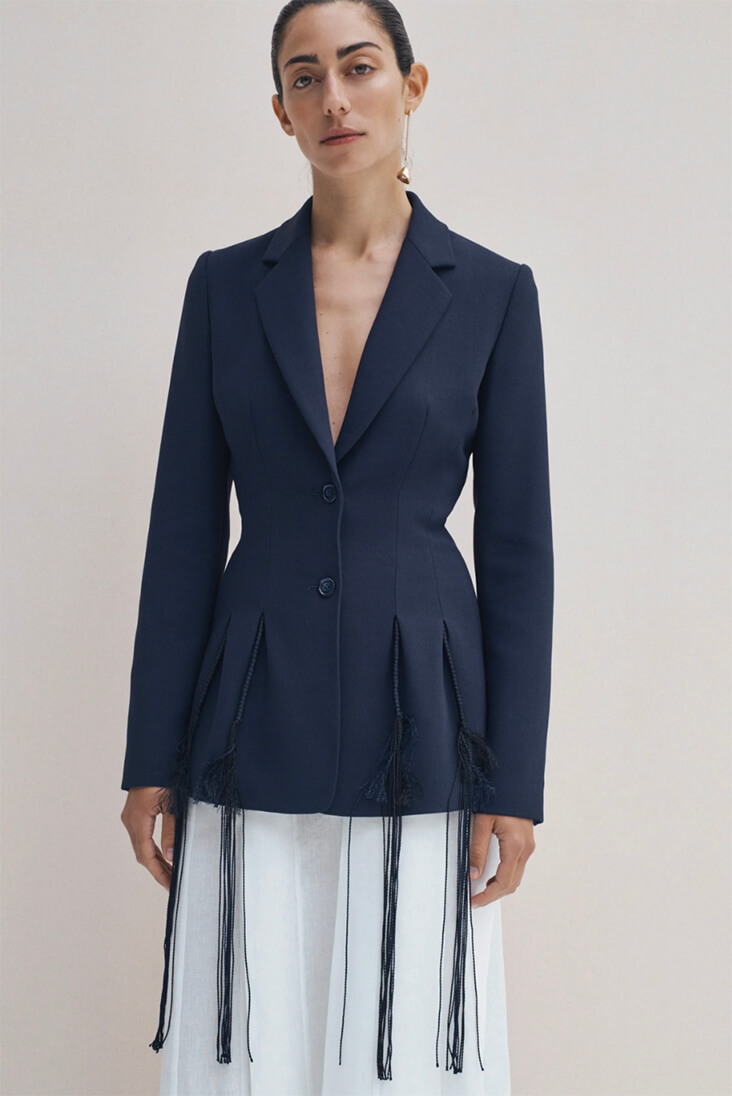
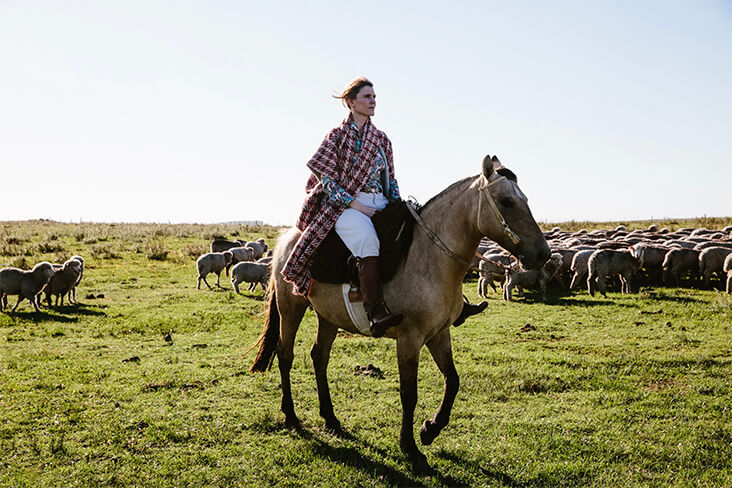














































2 Comments
Jennie Gibson
So inspiring! I am trying to use only natural and organic fabrics and to recycle and use up anything new or used that is natural and organic. This designer is so creative in how she has gone about being a change maker, and her designs that you have shown are absolutely beautiful! Kudos to her for putting into action the lessons she learned in her early life. I hope I can find a way to see more of her creations. Thank you Rosie. Your articles are always insightful and inspiring.
Greta Johnson
Oh, I am so impressed with this designer. What a heroine she is! I also recycle fabrics buying clothing with from Goodwill in large sizes that have wonderful fabric but outdated designs. From that, I recreate a totally new refashioned garments sometimes for babies, friends or for myself. If I decide I don’t like what I’ve made, I just return it to Goodwill for someone else to enjoy.